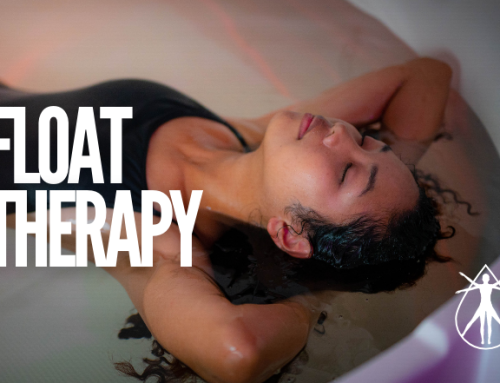Breathwork is a term to describe a breathing exercise to promote improved mental, physical and spiritual health through the focus and control of your breath. The following techniques are tools to help with transformation and healing and can be used to relieve mental, physical, and/or emotional tension. By learning this simple technique, you will benefit your mind, body, and spirit.
Body
Breathing is a vital part of life and delivers oxygen into your bloodstream through inhaling and exhaling air which removes carbon dioxide. By breathing correctly, you are ensuring you use the whole body—your chest, belly, back, and mind. It takes effort to coordinate all elements of the breath, even though this simple process seems effortless and something we take for granted.
The physical benefits of deep breathing are often immediate.
By breathing deeply, you can activate your parasympathetic nervous system, and in turn, slow down our heart rate and lower our blood pressure this in turn creates the feeling of calm. You also rely on your diaphragm instead of your chest, so your neck and chest muscles relax, and you engage your abdominal muscles helping a larger amount of oxygen to reach your body’s cells and organs.
When your body is operating under “fight-or-flight” response, or stress, it releases a surge of hormones (cortisol and adrenaline) causing your breathing to speed up and become more shallow, increasing your pulse rate and blood pressure. Deep breathing can help reverse this response and relax your body.
Next time you practice breathwork, focus on the physical aspects of your breath:
- Watch your chest and belly rise and fall.
- Tune into the muscles moving in your body.
- Observe how your body feels when you shift from chest to belly breathing.
Mind
In addition to reversing the physical stress response in your body, deep breathing can also help calm and slow down the emotional disturbance in the mind, this is a mindfulness practice and there are numerous studies that show how breathwork, especially when used with floatation therapy can help treat mental health issues such as depression, anxiety, and PTSD.
By allowing you to effortless reach the Theta brain wave pattern often associated with mediation, and lucid dreaming, (both of which take many years of practice to move in and out of this deeper state). Floatation therapy allows the brain to effortless shift into Theta, as 20% of the brain’s energy is use in keeping you aware of where you are spatially and 20% of the cortex of the brain is used to process visual and auditory information. By resting in a float tank one allows for a shift to occur on a much deeper level than meditation or breath work alone.

Next time you practice breathwork, focus on your mind:
- Be aware of the thoughts in your head allowing them to come and go.
- Observe any emotion that may surface and let it go.
- Visualise an intention you wish to set for your breathwork practice and remember it takes practice so be gentile and kind to yourself as this is a process. Start with 5 minutes and slowly increase to 10 minutes. This can be done first thing in the morning or last thing at night.
Spirit
Breathwork can also be a spiritual practice which can allow you to move beyond your mind and body and help you connect to your inner self. Many people who practice breathwork experience spiritual awakenings and the ultimate state of mediation and relaxation.
Next time you practice breathwork, focus on the spirit:
- Feel the universe filling you with white light coming from the sky on your inhalation and allow the experience of the life to flow through you down through the earth.
- Feel how this energy connects you with a deeper sense of yourself.
- As you exhale, send the energy to all living things around you with the feeling of love and gratitude.
Floatation therapy is a great way to use your meditation practice to ensure you reach your “bliss point” which in turn will ensure you get the most benefit from your session.




